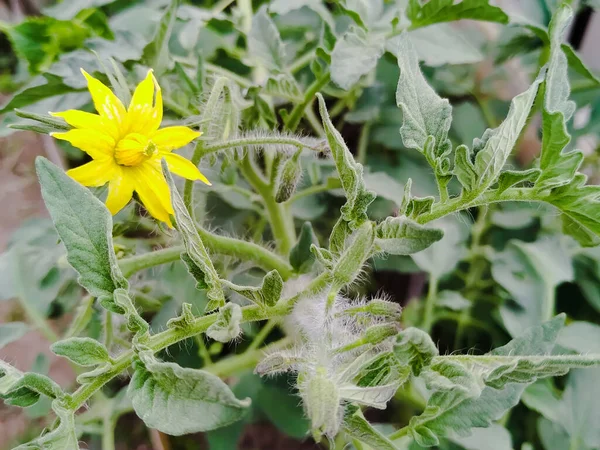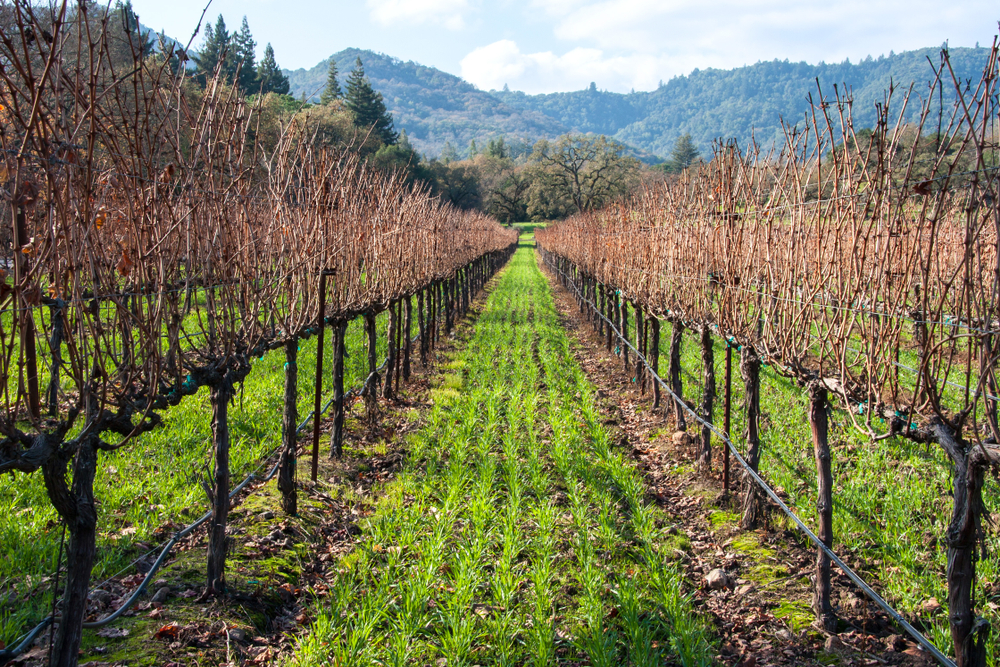The ambition of agriculture to do more with less presents some real challenges to growers, but help is on the way. Plant biostimulants are any substances or microorganisms applied to plants with the aim of enhancing the efficiency of nutrient use, increasing abiotic stress tolerance and/or improving crop quality. Unfortunately, increasing reliance on agrochemicals has caused damage to groundwater resources, soil fertility, soil biodiversity, and the environment. But biostimulants offer a means to create better balance in our farming practices.
Many growers are familiar with the benefits of applying, for example, seaweed extracts to their crops or the key substances of one plant being shared with another to generate improved results. This direction, plant essences of one plant being used on another, offers a way of doing more with less.











